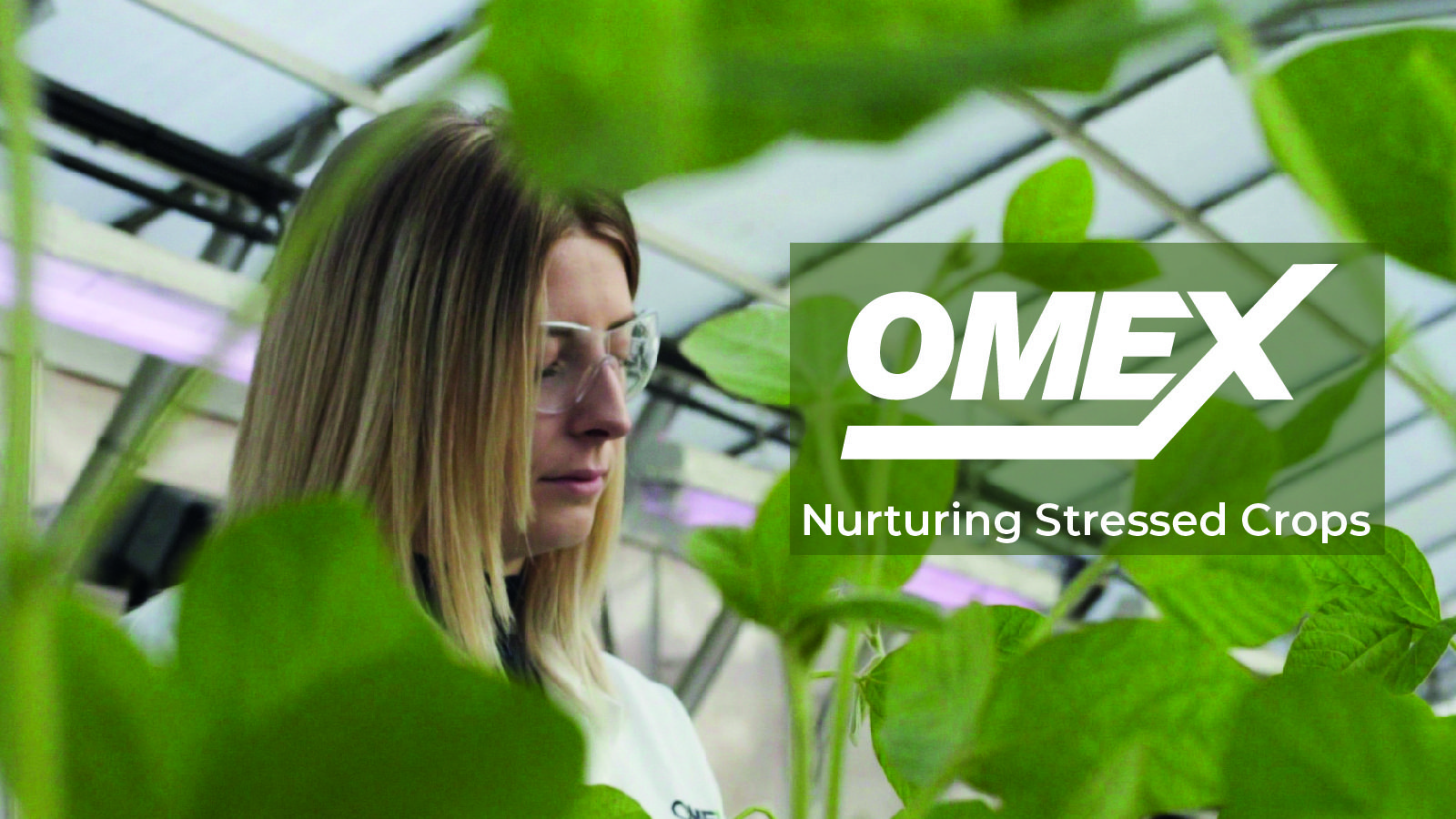With temperatures peaking around the UK, growers will be seeing stressed crops showing signs of abiotic stress. Alongside the pressures of heat on the plant, water reservoirs are also running low due to the lack of rainfall over the past month. These pre-drought conditions should be addressed as soon as possible to avoid the crop experiencing a dip in expected growth, or failing altogether.
Spotting a stressed crop
The initial signs of a stressed crop are usually indicated by calcium deficiency, as it needs an active transpiration stream to move it through the plant. Calcium is used to maintain the structural stability and permeability of cell walls and so a poor supply of calcium causes tissues to fail at growing points such as the apical meristem or during flower development. A deficiency manifests itself as either tip burn or in the worst-case scenario, the loss of entire flower trusses in strawberries.
In ornamental crops calcium deficiency also manifests as tip burn in new leaves, and is highly visible in heavy flowering plants, especially begonias and poinsettias. Growers throughout the UK are seeing extreme issues due to crops under glass experiencing temperatures in the late 30s and low 40s. With the current temperatures growers should be mindful of ensuring any applications are carrried out at evening or early morning. Classic signs to watch for will be wilting of plants, exacerbating issues around calcium and iron
Replenishing the crop with foliar nutrition
To alleviate deficiencies and improve overall plant health, ensure that fertigation is applied in correspondence to the weather conditions, regularly feeding calcium to the crop. Where fertigation cannot keep up with the increasing demands of the crop, consider foliar feeding with CalMax Ultra, a multi nutrient foliar feed, rich in both calcium and boron, nutrients that are synergistically linked to one another. It contains a unique ingredient called AXM, or a pump primer which is a molecular crowbar enabling calcium to enter a cell even during periods of poor transpiration.
To further improve stressed crops resilience during periods of moisture stress and/or drought conditions, growers can also consider feeding their crops with either Kelpak or Bio 20. Kelpak contains polyamines (at 4.0-5.7 mg/L, in higher quantities than other Kelp based products) which help alleviate abiotic stress. The polyamines contained with kelpak accumulate along with the amino acid proline to help combat osmotic/ drought stress and protect the crop against wilting. In-vitro tests have shown that polyamines also confer thermoprotection during protein synthesis. During this intense period of heat, foliar feed at 2-3L/ha.
Where crops also need a multi-nutrient foliar feed in addition to a Kelpak application, consider feeding with Bio 20, which contains 20% NPK plus a range of trace elements. The combination of Kelpak and Bio 20 nutrition can help with crop stress, resilience and cause the upregulation of genes responsible for nutrient metabolism. Consider foliar feeding at 1-3L/ha depending on the canopy development.
Making your water go further
The recent record temperatures coupled with a lack of rainfall have led to reservoirs running low. To ensure fertigation is distributed throughout the coir as well as possible, consider applying Kobra to the stock tank. Kobra is a wetter which will give even penetration throughout the growing media by reducing the surface tension of the solution. Regular applications result in fewer dry pockets within the compost and less shrinkage within pots, maximising the efficiency of your water application.
Keeping your crops healthy
To summarise, ensure crops are closely monitored for initial signs of stress and continue to take routine SAP samples to monitor the nutrition levels of your plants. The OMEX team of agronomists and technical managers are happy to help with stressed crops, and the contact for your area can be found here.
Nurturing stressed crops – Horticulture
July 21, 2022
Published by laserred
